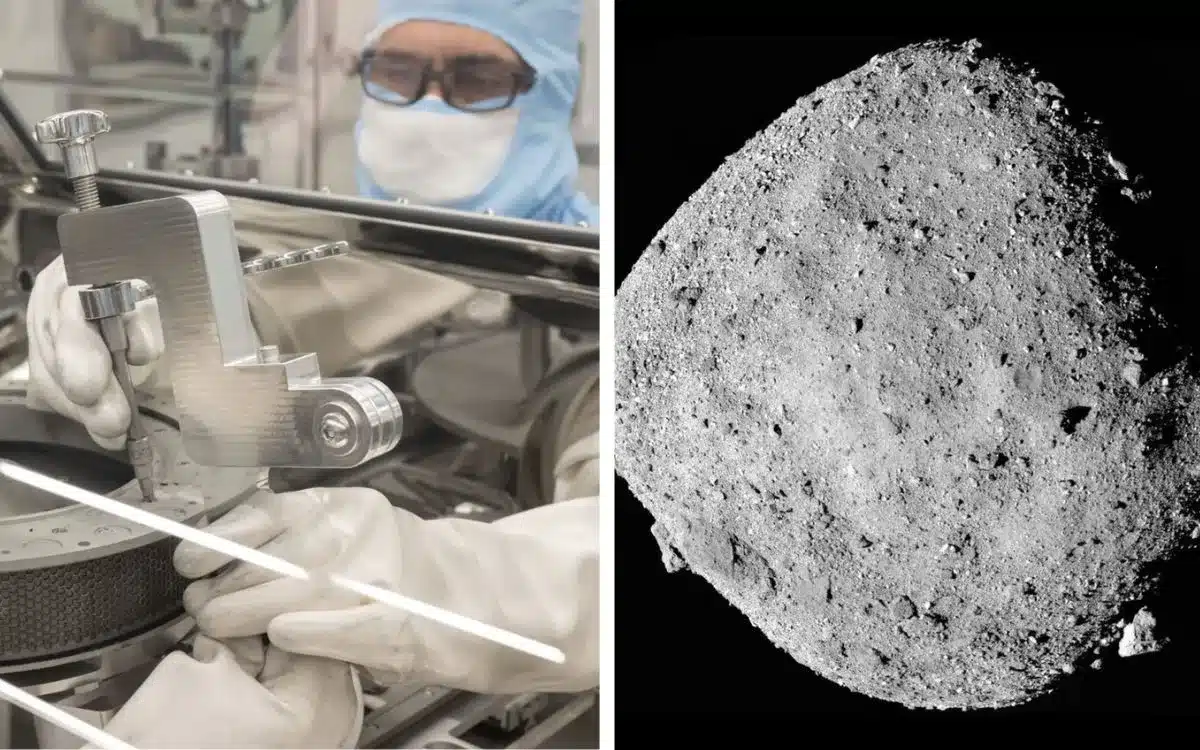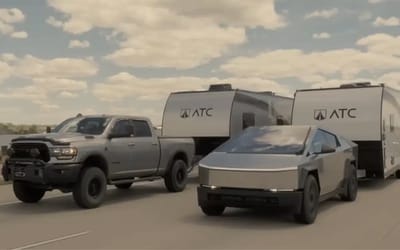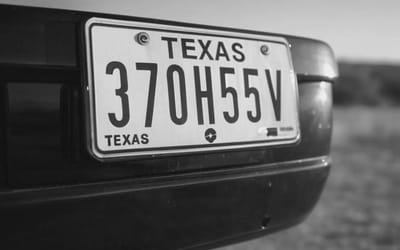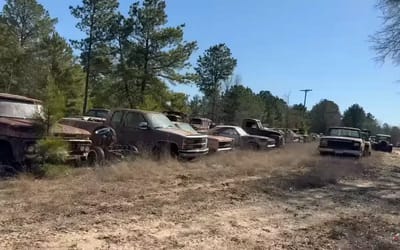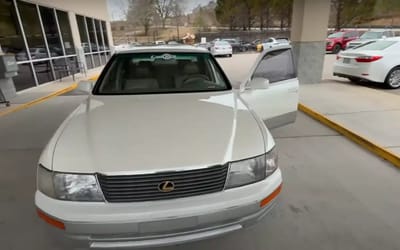NASA finally opens up $1,000,000,000 asteroid
- NASA has finally opened up a capsule containing a sample from asteroid Bennu
- The lid had become stuck so new tools had to be created to preserve the sterile environment
- The mission cost $1 billion
Published on Jan 17, 2024 at 8:44 PM (UTC+4)
by Amelia Jean Hershman-Jones
Last updated on Jan 18, 2024 at 8:44 PM (UTC+4)
Edited by
Adam Gray
NASA has finally opened up a capsule containing a $1,000,000,000 asteroid sample.
Scientists at NASA Johnson Space Center in Houston are celebrating the huge win after spending several weeks designing new multi-part tools.
These finally allowed them to access what was inside.
READ MORE! ‘World’s tallest skyscraper’ would hang upside down from an asteroid
The OSIRIS-REx mission brought back sample material from the Bennu asteroid, four billion miles away.
It landed back on Earth in September 2023, however, the bolts holding the lid on had become stuck.
The mission first launched in 2016, before arriving at Bennu in 2018, with samples being taken from the asteroid in 2020.
The entire mission cost a whopping $1 billion.
And the spacecraft had barely cooled down before NASA sent it off on a new journey to study the ‘God of Destruction’ asteroid, Apophis.
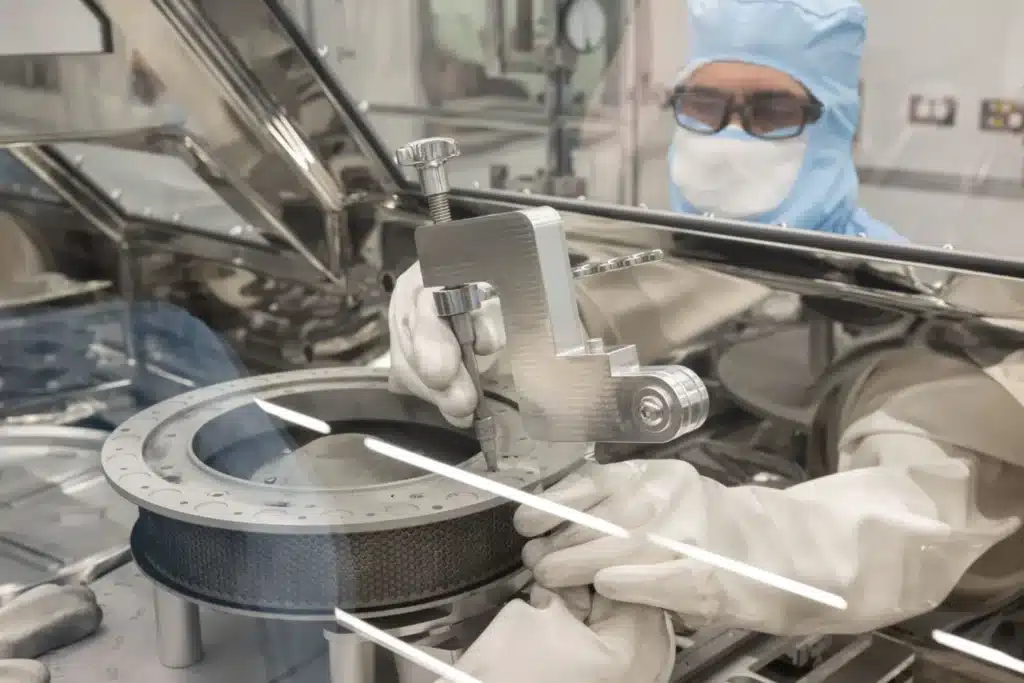
A strictly sterile environment was necessary for the Bennu samples.
That meant scientists had to adhere to strict guidance on how to open the specially-designed capsule.
Now they’re in, steps are being taken to disassemble the Touch-and-Go Sample Acquisition Mechanism (TAGSAM) head.
This will allow them to access the first 70g sample of asteroid rock and dust ever returned from deep space.
“Our engineers and scientists have worked tirelessly behind the scenes for months to not only process the more than 70g of material we were able to access previously, but also design, develop, and test new tools that allowed us to move past this hurdle,” said Eileen Stansbery, a division chief at the Johnson Space Centre.
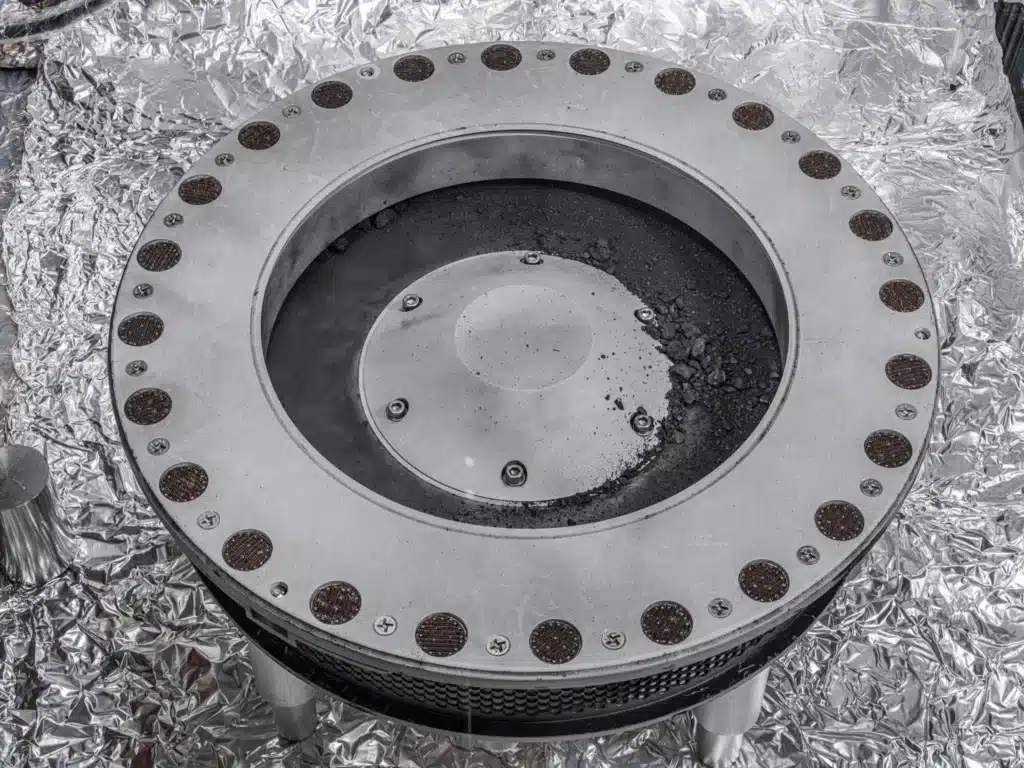
“The innovation and dedication of this team has been remarkable. We are all excited to see the remaining treasure OSIRIS-REx holds.”
Meanwhile, Dr Nicole Lunning, OSIRIS-REx curator at Johnson, also made a statement.
“In addition to the design challenge of being limited to curation-approved materials to protect the scientific value of the asteroid sample, these new tools also needed to function within the tightly-confined space of the glovebox, limiting their height, weight, and potential arc movement,” she said.
“The curation team showed impressive resilience and did incredible work to get these stubborn fasteners off the TAGSAM head so we can continue disassembly. We are overjoyed with the success.”
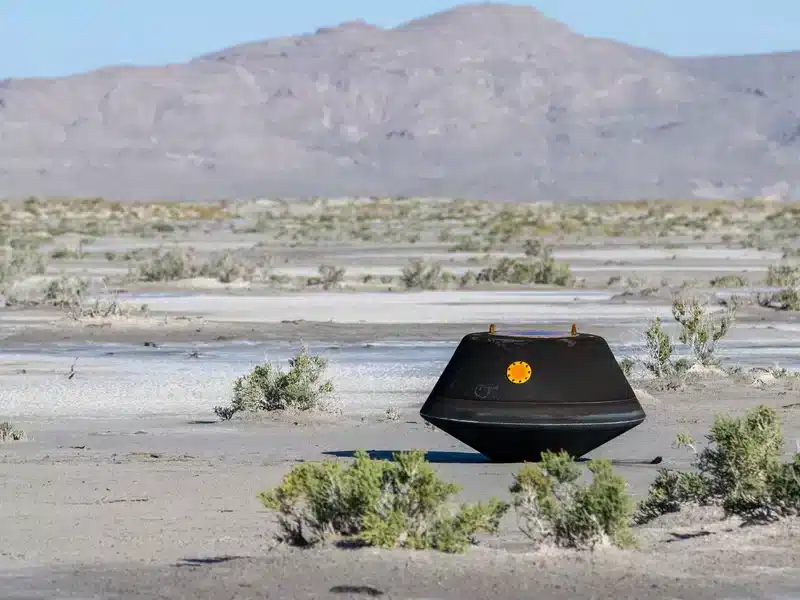
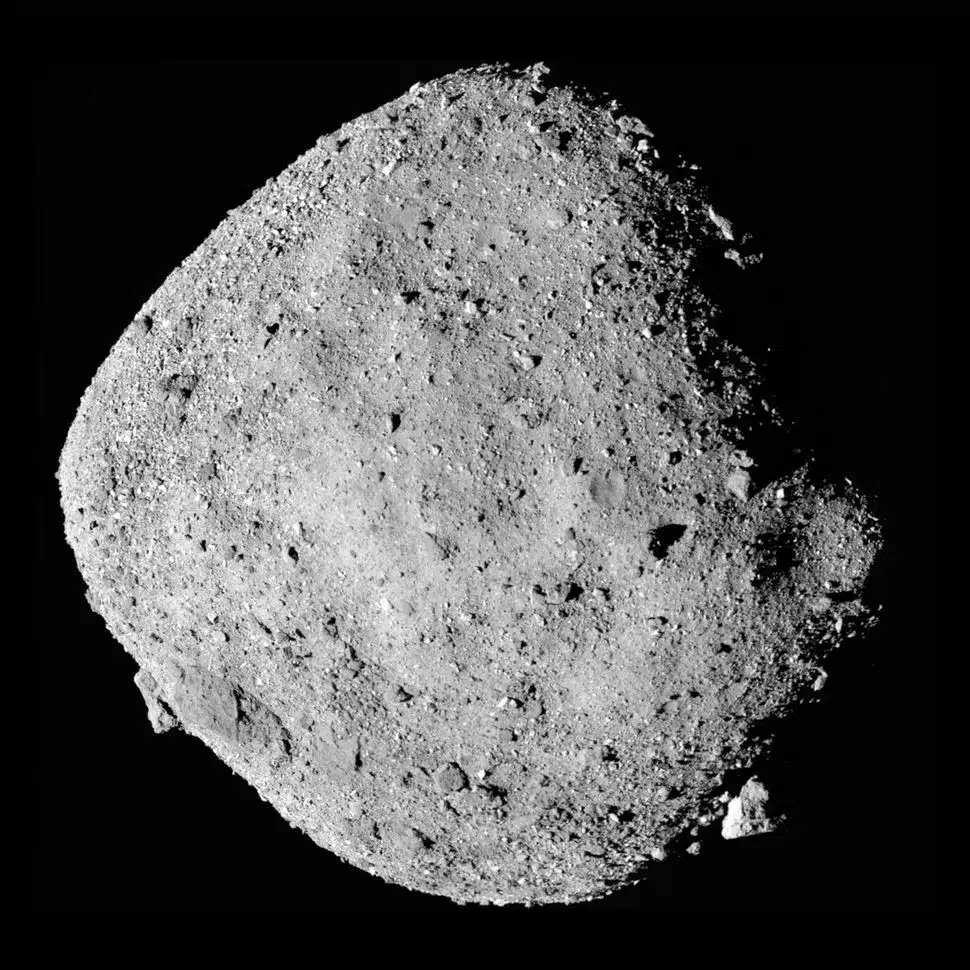
Upon reentry to the atmosphere, the OSIRIS-REx probe released the sample from 63,000 miles above the Earth’s surface – four times higher than planned.
Scientists are hopeful the sample can answer important questions about the beginnings of our solar system and life on Earth.
What’s more, NASA’s research into asteroids is also going in other directions.
The team fired a spacecraft into an asteroid to test Earth’s defense systems.
China also plan to start testing an asteroid defense system by 2025.
DISCOVER SBX CARS: The global premium car auction platform powered by Supercar Blondie

London-based Amelia cut her journalistic teeth covering all things lifestyle, wellness and luxury in the UK capital. Fast-forward a decade and the experienced content creator and editor has put pen to paper for glossy magazines, busy newsrooms and coveted brands. When her OOO is on you can find her spending quality time with her young family, in the gym or exploring the city she loves.
